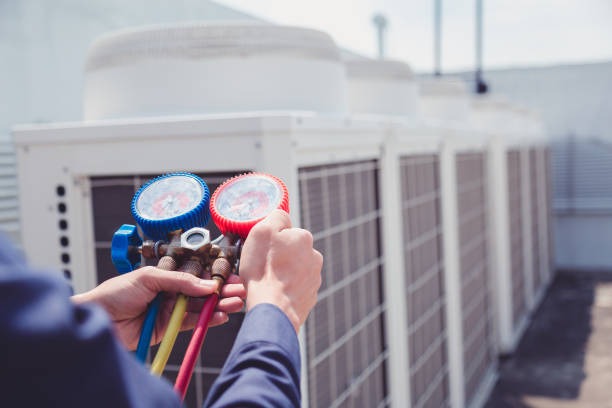Natural catastrophes, such as hurricanes, floods, wildfires, and earthquakes, can cause significant damage to property and disrupt lives. In the aftermath of such disasters, having insurance coverage can provide some relief by helping you rebuild your life. However, making a claim and getting the appropriate help from your insurance company may not always be straightforward. Here is a step-by-step guide to assist you in this process.
The first step involves immediate action right after the catastrophe has occurred. Ensure that you and your family are safe before anything else. Once safety is confirmed, contact your insurance company immediately to report the damages incurred due to the disaster.
Next comes documentation; it’s crucial for streamlining claims processing. Take pictures or videos that accurately capture all damages caused by the natural catastrophe. This includes both structural damage to your home as well as any personal belongings that have been destroyed or damaged.
Once reported and documented, an adjuster from your insurance company will likely visit our site your property to assess the damages firsthand. It’s important during this stage to ensure that all losses are accounted for accurately in their assessment report.
It’s also necessary at this point to understand what exactly is covered under your policy terms before filing a claim with your insurer. Some policies might not cover certain types of natural disasters or may only partially cover them – something you need to be aware of when calculating potential compensation amounts.
In case of disagreements with what’s covered or how much should be paid out on a claim, consider hiring an independent appraiser who specializes in property loss valuation. They can provide an unbiased evaluation which could prove beneficial during negotiations with insurers over disputed claims amounts.
Remember too that patience is key throughout this process since dealing with insurance companies post-disaster can often involve lengthy timelines due to high volumes of claims being filed simultaneously by affected homeowners like yourself.
Additionally, if needed don’t hesitate seeking assistance from public resources available for disaster victims which include federal disaster assistance programs. These can provide financial help in the form of low-interest loans to cover uninsured property losses.
Lastly, it’s always a good idea to review and update your insurance coverage periodically, especially if you live in areas prone to natural catastrophes. This ensures that your policy remains adequate for protecting against potential future disasters.
Navigating through the aftermath of a natural catastrophe can be overwhelming. However, with patience, diligence and proper guidance, getting the necessary insurance help becomes manageable. It is important to remember that while insurance can assist in rebuilding material possessions lost during these unfortunate events; nothing is more valuable than ensuring the safety and well-being of yourself and your loved ones during such times.





